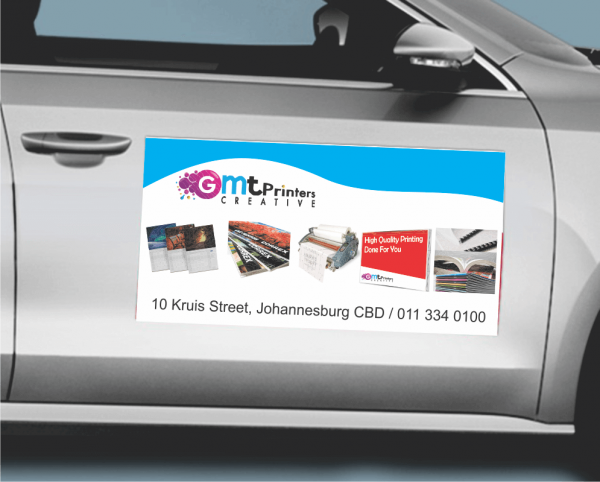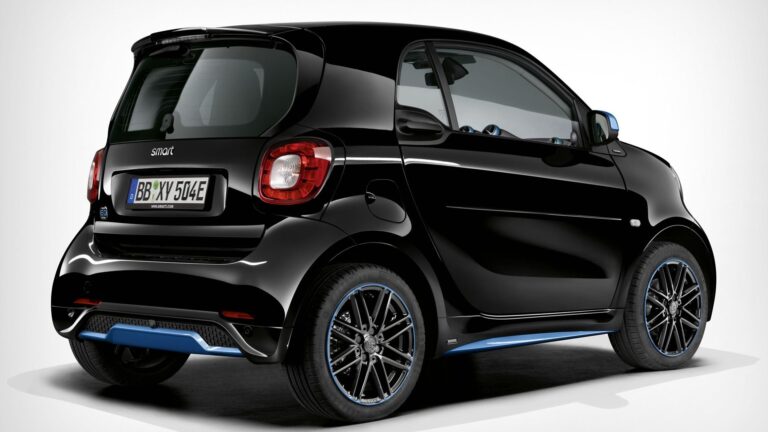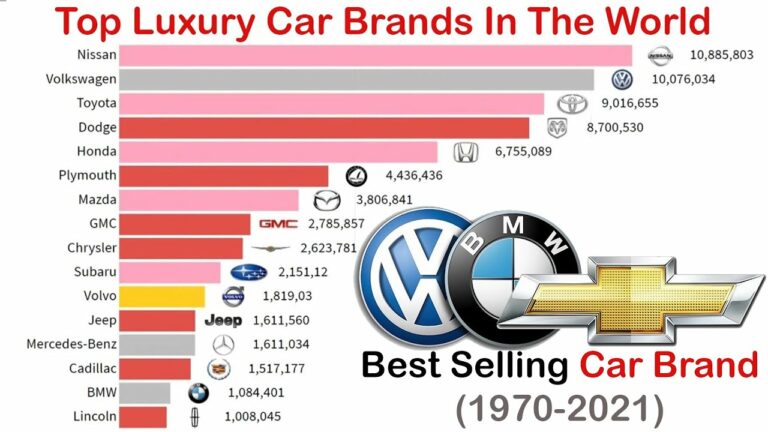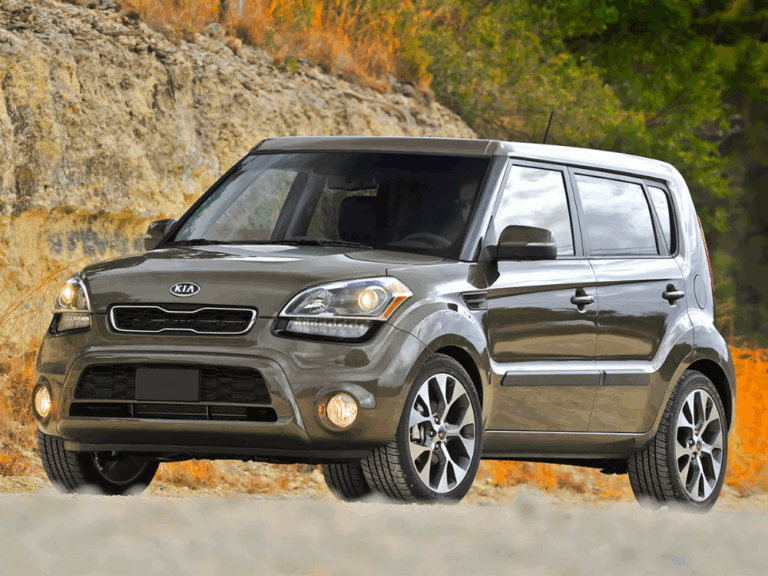Best Brand New Cars Under $20,000: Your Guide to Affordable New Car Ownership
Best Brand New Cars Under $20,000: Your Guide to Affordable New Car Ownership cars.truckstrend.com
The dream of driving a brand new car, complete with that new car smell, the latest technology, and a full factory warranty, often seems out of reach for those on a tight budget. Many believe that to get a reliable, modern vehicle, one must spend upwards of $25,000 or even $30,000. However, the exciting truth is that a select few brand new cars still offer exceptional value and a full suite of essential features for under $20,000.
This comprehensive guide is designed to navigate the shrinking, but still significant, landscape of affordable new vehicles. We’ll explore what you can realistically expect from cars in this price bracket, highlight the top contenders, and provide practical advice to help you make the smartest purchase. Buying a new car under $20,000 isn’t just about saving money; it’s about gaining peace of mind, enjoying modern conveniences, and avoiding the potential pitfalls of a used vehicle, all while sticking to a sensible budget.
Best Brand New Cars Under $20,000: Your Guide to Affordable New Car Ownership
Understanding the Sub-$20k Market: What to Expect
The sub-$20,000 new car market is a niche but vital segment. These vehicles are primarily designed for efficiency, reliability, and affordability, making them ideal for first-time buyers, urban commuters, or those seeking a dependable second family car. When shopping in this category, it’s crucial to set realistic expectations:
- Body Styles: You’ll primarily find compact sedans, subcompact hatchbacks, and a few entry-level subcompact SUVs. These are practical, easy to park, and maneuverable in city environments.
- Engine Performance: Don’t expect blistering acceleration. These cars typically feature smaller, fuel-efficient engines (often 3-cylinder or 4-cylinder) designed for everyday driving and excellent gas mileage, not speed.
- Features & Technology: While base models will be less opulent than their higher-trimmed siblings, modern essentials like air conditioning, power windows, basic infotainment systems with Bluetooth, and essential safety features (multiple airbags, ABS, stability control) are standard. Many now offer Apple CarPlay and Android Auto compatibility, which is a huge bonus.
- Safety: While advanced driver-assistance systems (ADAS) like automatic emergency braking or lane-keeping assist might be optional or absent in the absolute base trims, these vehicles still meet rigorous modern safety standards for crash protection.
- Focus on Value: The primary appeal of these cars is their incredible value proposition: a brand new car with a full warranty, low running costs, and minimal depreciation concerns for an entry-level price.

Key Considerations When Buying Under $20,000
Purchasing any car requires careful thought, but especially when working with a strict budget. Here are the critical factors to weigh:
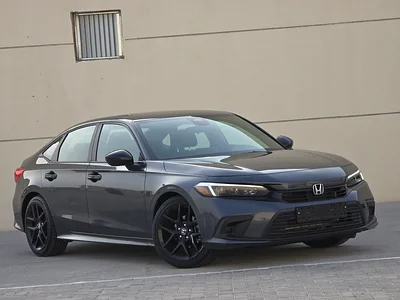
Beyond the MSRP: The True Cost of Ownership: The manufacturer’s suggested retail price (MSRP) is just the starting point. Remember to factor in:
- Taxes and Fees: Sales tax, registration fees, documentation fees, and license plate costs can add hundreds or even a couple of thousand dollars to the final price.
- Insurance: Get insurance quotes before you buy. Some models or drivers may be more expensive to insure.
- Fuel Costs: While these cars are fuel-efficient, ongoing gas expenses are a major part of ownership.
- Maintenance: New cars come with warranties, but routine maintenance (oil changes, tire rotations) is still necessary.
-
Fuel Economy: A Long-Term Saver: With smaller engines and lighter builds, cars under $20,000 excel in fuel efficiency. Prioritize models with high MPG ratings, as this will lead to significant savings over the vehicle’s lifespan, especially if you commute frequently.
-
Safety Features: Non-Negotiable Essentials: Even on a budget, safety should never be compromised. Ensure the car includes a comprehensive airbag system, anti-lock brakes (ABS), traction control, and electronic stability control. Some base models now surprise with standard advanced safety features, so check the specifications carefully.
-
Reliability and Warranty: The New Car Advantage: A primary benefit of buying new is the factory warranty, which typically covers major components for 3-5 years or 36,000-60,000 miles, and powertrains for even longer. Research brand reliability ratings to ensure your chosen model has a good track record beyond the warranty period.
-
Resale Value: While initial depreciation hits new cars hardest, some brands and models hold their value better than others. If you plan to sell the car in a few years, considering its projected resale value can save you money in the long run.
-
Practicality and Comfort: Consider your daily needs. Do you need a spacious trunk? Comfortable seating for four adults? Easy access for car seats? Test drive the car thoroughly to assess its ergonomics, ride quality, and interior space.
-
Technology and Infotainment: Most base models now come with a touchscreen infotainment system, Bluetooth connectivity, and USB ports. Crucially, look for Apple CarPlay and Android Auto compatibility, as this transforms a basic system into a powerful and intuitive navigation and entertainment hub using your smartphone.
Top Contenders: Best Brand New Cars Under $20,000 (2024 Models)
The list of truly brand new cars available for under $20,000 MSRP has become incredibly selective in recent years due to inflation and supply chain issues. However, a few strong contenders consistently offer excellent value:
-
Nissan Versa:
- Why it’s a top pick: Often the lowest-priced new car in America, the Versa offers surprising refinement for its class. Its comfortable ride, spacious interior, and decent trunk space make it a practical choice. Even the base S trim comes with a 7-inch touchscreen, Bluetooth, and three USB ports. It’s an excellent value proposition for commuters.
- Pros: Very affordable, comfortable ride, good fuel economy, surprisingly spacious for its class.
- Cons: Modest engine performance, basic interior materials.
-
Mitsubishi Mirage / Mirage G4:
- Why it’s a top pick: The Mirage (hatchback) and Mirage G4 (sedan) are known for their incredibly low starting prices and exceptional fuel economy, thanks to their tiny 1.2-liter three-cylinder engine. They also come with an impressive 10-year/100,000-mile powertrain warranty, offering significant peace of mind.
- Pros: Lowest MSRP, fantastic fuel economy, long warranty, very nimble for city driving.
- Cons: Underpowered engine, noisy at highway speeds, basic interior.
-
Kia Rio (Sedan & Hatchback):
- Why it’s a top pick: The Kia Rio consistently punches above its weight class. It boasts a surprisingly peppy engine for its size, a relatively refined ride, and an intuitive infotainment system, even in base trims. The LX sedan and S hatchback can both be found under the $20k mark, offering excellent value for money.
- Pros: Engaging driving dynamics, stylish design, good standard features, competitive warranty.
- Cons: Rear seats can be cramped, some road noise at highway speeds.
-
Hyundai Venue:
- Why it’s a top pick: One of the few true subcompact SUVs to sneak in under $20,000 (for its SE trim), the Venue offers a higher driving position and a more rugged appearance than its sedan counterparts. It comes with standard features like an 8-inch touchscreen with wireless Apple CarPlay and Android Auto, and even forward collision avoidance assist.
- Pros: SUV styling, excellent standard tech, good visibility, nimble in urban environments, comprehensive standard safety features.
- Cons: Small cargo area, not available with AWD, modest engine.
-
Kia Forte (LX Trim):
- Why it’s a top pick: The Forte is a compact sedan that just barely squeaks into the sub-$20k category with its base LX trim. This means you’re getting a larger, more comfortable vehicle than the subcompacts, with more sophisticated road manners and a roomier cabin. It offers standard features like an 8-inch touchscreen with wireless Apple CarPlay and Android Auto, and even standard lane-keeping assist.
- Pros: Spacious interior, comfortable ride, great standard tech, competitive warranty, more substantial feel than subcompacts.
- Cons: Base engine can feel underpowered when fully loaded, only the absolute base trim is under $20k.
Tips for Maximizing Your $20,000 Budget
Even with the limited choices, smart shopping can get you the best possible deal:
- Focus on Base Trims: This is where the value lies. Avoid optional packages or higher trim levels, as these will quickly push you over your budget.
- Negotiate the Out-the-Door Price: Always negotiate the total price, including all fees, taxes, and the vehicle itself. Don’t just focus on the MSRP.
- Shop Around for Financing: Don’t rely solely on dealer financing. Get pre-approved for a loan from your bank or credit union to compare rates and ensure you’re getting the best deal.
- Time Your Purchase: Deals often appear at the end of the month, quarter, or year when dealerships are trying to meet sales quotas. Holidays (like Memorial Day or Labor Day) can also bring special incentives.
- Look for Dealer Incentives and Rebates: Manufacturers often offer cash rebates, low APR financing, or special lease deals. These can significantly lower the effective price of the car.
- Test Drive Multiple Models: Don’t just pick a car based on price. Drive several options to see which one feels best, offers the most comfort, and suits your driving style.
- Be Prepared to Walk Away: If a deal doesn’t feel right, or a salesperson is pressuring you, be ready to walk away. There are always other options.
Challenges and Solutions
The main challenge in this segment is the shrinking number of models available and the basic nature of the features. However, solutions exist:
- Challenge: Limited choices and basic features.
- Solution: Prioritize your absolute needs (reliability, fuel economy, Apple CarPlay/Android Auto) and accept that luxury amenities will be absent. Focus on the core functionality.
- Challenge: Pushy salespeople trying to upsell.
- Solution: Do your research thoroughly beforehand. Stick firmly to your budget and desired features. Don’t be afraid to say "no" to add-ons you don’t need.
Price Table: Best Brand New Cars Under $20,000 (Estimated 2024 Base Models)
| Model | Starting MSRP (Approx.) | Body Style | Key Features (Base Trim) | Combined MPG (Approx.) | Pros | Cons |
|---|---|---|---|---|---|---|
| Nissan Versa | $16,130 | Compact Sedan | 7" Touchscreen, Bluetooth, USB, Power Windows/Locks | 35 MPG | Very affordable, comfortable ride, spacious | Modest engine, basic interior |
| Mitsubishi Mirage | $16,695 | Subcompact Hatchback | 7" Touchscreen, Apple CarPlay/Android Auto, Bluetooth | 39 MPG | Excellent fuel economy, long warranty | Underpowered, noisy, basic |
| Kia Rio | $17,000 | Subcompact Sedan/Hatch | 8" Touchscreen, Wireless Apple CarPlay/Android Auto | 36 MPG | Engaging drive, stylish, good tech | Limited rear legroom, some road noise |
| Hyundai Venue | $19,900 | Subcompact SUV | 8" Touchscreen, Wireless Apple CarPlay/Android Auto, FCAS | 31 MPG | SUV styling, great tech, standard safety | Small cargo, no AWD, modest power |
| Kia Forte | $19,990 | Compact Sedan | 8" Touchscreen, Wireless Apple CarPlay/Android Auto, LKAS | 34 MPG | Roomy interior, refined ride, good tech | Base engine can be sluggish, just under $20k |
Note: MSRPs are approximate for base models and do not include destination fees, taxes, or dealer markups. Prices are subject to change by manufacturer.
Concluding Summary
Buying a brand new car for under $20,000 is not only possible but can be an incredibly smart financial decision. While the options are fewer than in years past, the vehicles available in this price range offer remarkable value, modern technology, and the invaluable peace of mind that comes with a factory warranty and knowing you’re the first owner. By understanding what to expect, focusing on key considerations like fuel economy and safety, and employing savvy shopping strategies, you can drive off the lot in a reliable, efficient, and thoroughly modern vehicle without breaking the bank. Your new car adventure, on a budget, starts here.
Frequently Asked Questions (FAQ)
Q1: Are there really new cars under $20,000 in today’s market?
A1: Yes, absolutely! While the list has shrunk, models like the Nissan Versa, Mitsubishi Mirage, Kia Rio, Hyundai Venue, and Kia Forte (base trims) consistently offer brand new vehicles under the $20,000 MSRP threshold for their entry-level versions.
Q2: What features can I expect in a new car under $20,000?
A2: You can expect essential modern features such as air conditioning, power windows and locks, Bluetooth connectivity, a basic infotainment touchscreen (often with Apple CarPlay and Android Auto integration), and standard safety features like multiple airbags and stability control. Advanced driver-assistance systems are becoming more common even in base trims, so check specific models.
Q3: Is it better to buy a used car for the same price?
A3: It depends on your priorities. A used car for $20,000 might offer more features, a larger size, or a premium brand. However, buying new provides a full factory warranty, the latest safety and tech features, no prior owner history (and associated potential problems), and often better financing rates. The peace of mind of a new car is a significant advantage.
Q4: What about hidden costs when buying a new car under $20,000?
A4: Beyond the MSRP, you’ll need to account for destination fees (shipping from factory to dealer), sales tax, registration fees, documentation fees, and insurance. Always ask for an "out-the-door" price that includes all these costs before committing.
Q5: How important is fuel efficiency at this price point?
A5: Extremely important! Cars under $20,000 are often chosen for their low running costs. High fuel efficiency (e.g., 30+ MPG combined) can save you hundreds, if not thousands, of dollars in gas money over the years, making a significant impact on your overall budget.
Q6: Can I get advanced safety features in a car under $20,000?
A6: While not universal, some base models are starting to include advanced driver-assistance systems (ADAS) as standard. For example, the Hyundai Venue SE comes with Forward Collision-Avoidance Assist, and the Kia Forte LX has Lane Keeping Assist. Always check the specific trim level’s standard features list.
